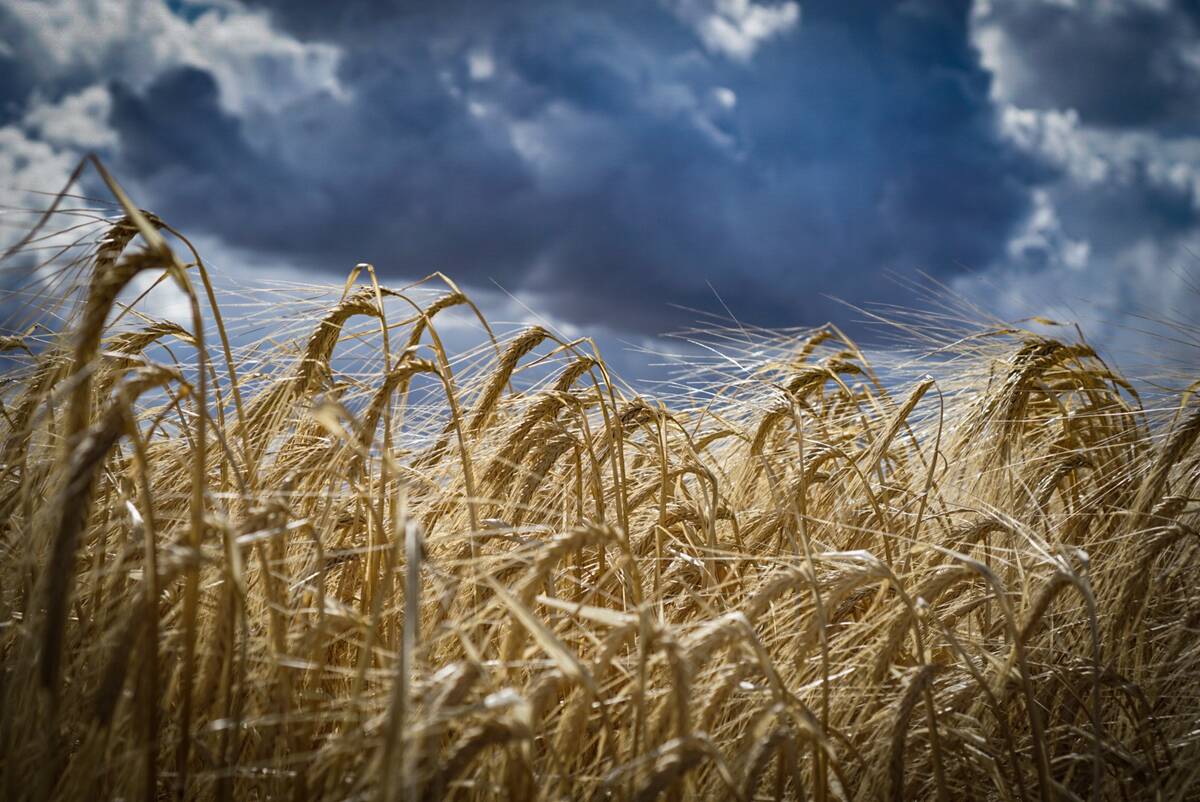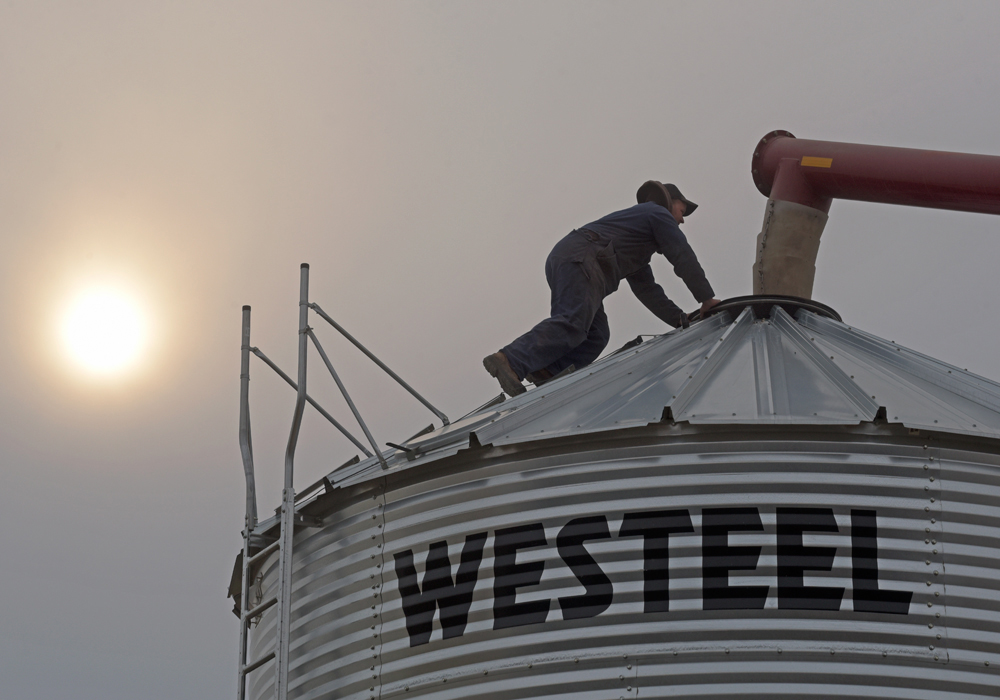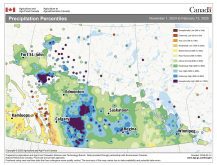Today’s market should tempt farmers to lock in prices for some of the 2022-23 crop.
Instead, last year’s experience is tempting thousands of growers to avoid pricing anything until the entire crop is in the bin a year from now.
It’s understandable that farmers don’t want to expose themselves to nightmarish contract shortfalls that have seen some this year having to cut cheques for hundreds of thousands of dollars. Most contracts for most of the biggest crops lack act-of-God clauses to protect farmers when something like a drought hammers a farmer’s crop so badly that there isn’t enough production to cover the contract.
Read Also

Malting barley exporters target Mexican market
Canada’s barley sector is setting its sights on the Mexican market to help mop up some of the lost demand from China
Grain buyers will need to reconsider that if they want farmers to sign contracts in coming years. From the sounds of it, many farmers are not interested in taking on that sort of uncovered risk again, and that might not change soon.
However, there are easily available ways farmers can lock in November 2022 prices that leave them essentially free from risk, while securing prices for crops that are still near historic highs.
Canola futures prices today sit at around $16 per bushel, and that’s not something to take for granted. They’re that high for a reason, such as the western Canadian drought and a world commodity rally, and they could go higher still. However, in terms of risk management, it seems rash for a farmer to assume those prices will remain where they are or go higher. Yet taking on a cash contract that commits a farmer to a certain amount of crop with a certain grade at a certain time isn’t what many are looking for. The same goes for futures positions that might not be able to be backed by enough physical grain, even if farmers only lock in one-third of an average crop. One-third was more than many got in 2021.
That’s where options contracts come in. They cost a farmer a premium, like insurance, but they guarantee either a minimum selling or maximum purchase price at a point in the future. A farmer can purchase a put, allowing him to sell a certain amount of crop at a certain time for a set amount, or buy a put to lock in a price for buying a certain amount at a certain time for a set price. Both types of options can be used to guarantee a floor price and they don’t bring a production risk with them. The premium isn’t refundable, but that’s the extent of the risk, and at today’s prices the premium shouldn’t be enough to challenge anybody’s profitability.
There’s nothing new about options. They were one of the first instruments added to futures markets to help lower the risk that can exist with futures-alone, or with cash market business. But farmers traditionally don’t use them. Some of that has to do with paying a non-refundable premium, some due to the seeming complexity of the contract versus futures or fixed price cash, and some probably due to the farmer’s perennial bullishness, which plays against paying for protection.
But I like reminding farmers about the existence of options because they seem uniquely suited for today’s fraught environment, in which market volatility is matched by production risk. I was pushing them last autumn because of that, and I’ll reiterate it this year: options are well-suited for right now.
I spoke to David Derwin of P.I. Financial last year at this time because he’s an options specialist, and I spoke with him again last week for the same reason. He thinks there’s a chance more farmers will try out options this year because of the situations they saw themselves and other farms in during 2020-21.
“If you really want to have that flexibility to separate your pricing decisions from your delivery decisions… after this year (I hope) more and more people are going to take note of that and see how they can be used,” said Derwin.
“All of a sudden it makes some of those pricing decisions a lot easier because you don’t have to worry about your production risk…. It puts more pricing power in producers’ hands.”
New crop prices aren’t showing any imminent risk of collapse, so farmers probably don’t have to rush into new crop marketing decisions. But those prices shouldn’t be taken for granted.
If farmers want to go beyond pricing and praying for production, or refusing to price anything, this is the year to check out options. The peace of mind they offer might be what a lot of people need.
















